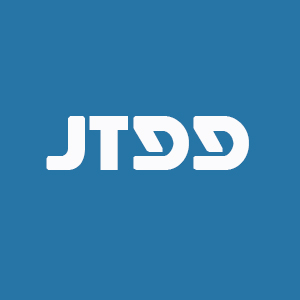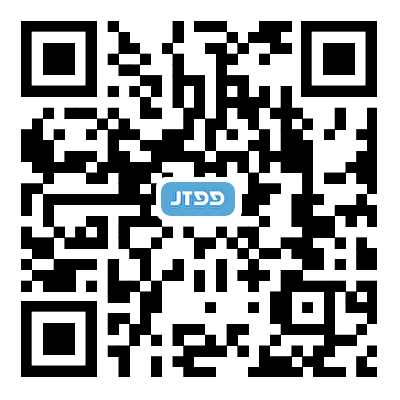fig1

Figure 1. Schematic representation of the main phases of the present study and DeepGestalt technology experiment results. A: a summary of the main phases of the study is provided; B: composite photos for the comparison analysis between the 4 study cohorts (SETD5, Cohort 1; KBGS, Cohort 2; KdVS, Cohort 3, CTRL Ctrl.; unaffected controls, Cohort 4) (at the top). For each group, 18 2D frontal images were analyzed. Confusion matrix (in the middle). The technology automatically detects facial points and recognizes dysmorphic features through images analysis, evaluating similarities to known facial patterns (gestalt). Results of the SETD5 vs. KBGS and SETD5 vs. Ctrl. binary comparison experiment. Note the overlapping curves for the first comparison analysis, indicating a facial overlap of the 2 studied conditions (at the bottom). AUC: area under the curve; ROC: receiver operating characteristic









